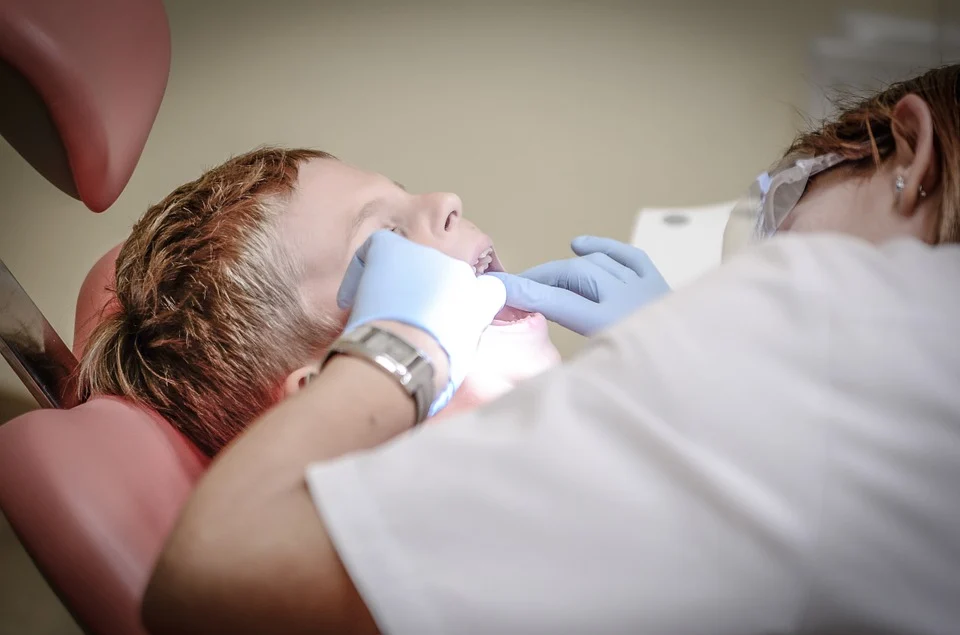There are many ways to learn the art of coaching martial arts. You can start by enrolling in either a Level 1 or 2 course at an IMAC recognized martial arts club. If you're interested in advancing your coaching career, consider earning your AMACS certification. The AMACS certification provides the most industry-relevant education available to martial arts instructors. Continue reading to find out more about the AMACS certification. IMAC-recognised clubs offer an 'Introduction to Coaching' course The Irish Martial Arts Commission (IMAC), developed a coach development program that is taught in Sport Ireland-qualified tutors. In addition to IMAC-endorsed coach education programmes, some IMAC-recognised clubs also offer an 'Introduction to coaching' course, aimed at novice members aged 16+. The course prepares participants for future roles as assistant coaches or class assistants. IMAC-recognized clubs offer a Level 1' martial arts coaching program An IMAC-recognized Level 1 martial arts coaching course allows you to teach beginners how to do the art. It is designed for the next generation coaches. IMAC-recognized clubs offer the course to members 16 and over. The course will be divided into 2 weekends and will cover both practical and theoretical aspects of coaching. The course will also cover training games and long-term athlete development. To become an instructor, you will need to attend an IMAC-recognised club. Many clubs offer a Level 1' course. You will learn the basics of teaching and how to manage students. You will also have the opportunity to practice and compete in a national championship. You can train with the team or take classes from the coaches who work in the club. IMAC-recognized clubs offer a Level 2' martial art coaching course The IMAC offers a wide range of coaching courses. There are many types of courses, depending on what level of coaching the coach is looking for. A Level 1 course is designed to develop assistant coaches, while a Level 2 course is for coaches who wish to advance to a higher level. The course includes a combination of practical and theoretical elements, including modules on athletic development, nutrition, stretching and strength, and training games. The Level 1 Qualification provides a basic introduction into martial arts and teaches students how to teach and supervise students. It is also required to be a prerequisite for Level 2. MMA was more a learning endeavor than a martial-arts training. Brazilian Jiu-Jitsu used to be an academic pursuit before MMA became a worldwide phenomenon. While the philosophy of the art is that real-world skill is the best form of training, the UFC and other fighting sports thrust the practice into the spotlight, and the public's attention on the sport became a worldwide phenomenon. However, MMA has made a lot of noise in the fight scene but its origins are a little murky. The idea of mixed martial art was first proposed in 648 BCE by the Ancient Greeks at pankration. This brutal contest combined street fighting, boxing, and wrestling. It ended when one or more of the contestants was declared unconscious or admitted defeat. Some participants even died during the matches. However, the sport continued to evolve. Many styles emerged from it.


